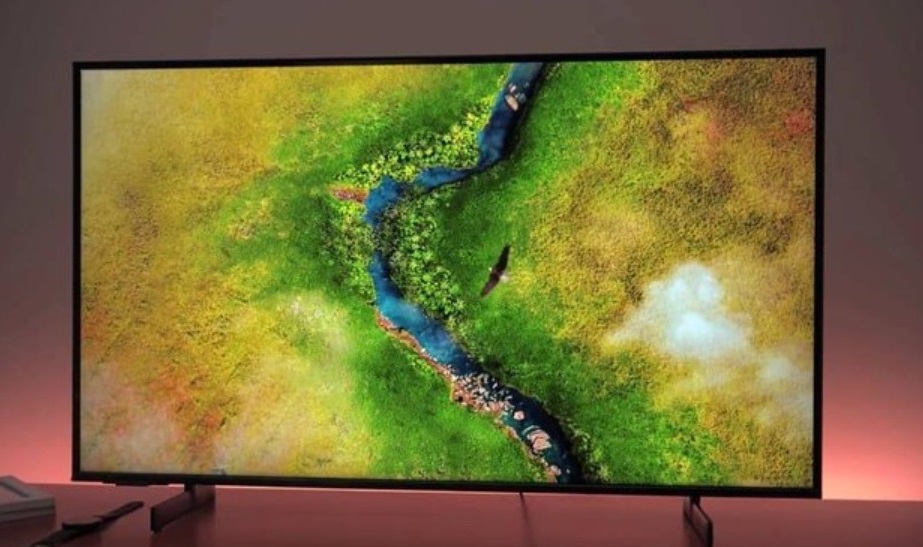Currently, owning a television is considered an essential requirement for every household. Apart from serving as an entertainment medium, a television also acts as a source of information. This is why almost every household now has a television. Watching TV with family is a great way to relax and spend quality time together, especially during holidays or weekends.
As technology advances, electronic devices, including televisions, have become increasingly enjoyable as entertainment media. Television offers a wide range of programs that attract a large audience. It is incredible to think about what life would be like without television. We owe a debt of gratitude to the inventors and developers of television technology for making our lives more pleasant.
Throughout the history of television, many prominent scientists have been involved in its technological development. Two individuals, John Logie Baird and Philo Farnsworth, are credited with making significant contributions to the invention of television.
John Logie Baird, a Scottish inventor, introduced the first mechanical television to the public in the early 20th century. The initial design of television was far from the sleek, minimalist boxes we are familiar with today. Baird, born on August 13, 1888, in Helensburgh, Scotland, and passed away on June 14, 1946, in Bexhill-on-Sea, England, was the first to demonstrate that visual images could be transmitted. He was also the first person to invent television and received his education at the Royal Technical College of the University of Glasgow. Due to poor health, Baird did not participate in World War I and, after the war, chose to pursue a career in electrical engineering. He later shifted his focus to electronics, particularly after witnessing Guglielmo Marconi’s radio wave demonstration.
Baird believed that the same process used to transmit visual signals could be applied to transmit moving images and sound. He began working on the design of television, which included a device known as the Nipkow Disk. This scanning disk, invented by the German scientist Paul Nipkow in 1884, consisted of a cardboard disk with a spiral series of square holes and was combined with a photoelectric cell.
In 1920, Baird returned to England to study the method of transmitting moving pictures and sound. Due to a lack of sponsors, he utilized readily available materials to create his first television prototype, using cardboard, thread, candles, bicycle parts, and lamps. By 1924, he was able to transmit images from a distance of several meters. In 1925, Baird successfully broadcast moving images of a ventriloquist’s dummy.
On January 26, 1926, Baird conducted the world’s first public demonstration of television in front of 50 scientists in a loft in central London. In 1927, his television signal was transmitted over the telephone line between London and Glasgow, covering a distance of 438 miles. Baird sent the first transatlantic television transmission from London to New York. In 1929, the BBC began using Baird’s technology to broadcast their first television programs. However, due to the limitations of mechanical television, the displayed images were often blurry and flickering.
Baird Television uses Lots plates , tubes , and cables strewn about . Although so , the achievement in produce picture move in a way electronic open road for development modern television .
Philo Taylor Farnsworth, on the other hand , is known as ” father” television electronics .” In 1927. Philo Farnsworth was inventor television that originates from the United States , Farnsworth was born on August 19 , 1906. Since small , Farnsworth has interest in the field technique . Then when he step on age teenager , Farnsworth began Study about technology television at the moment that and assume that system mechanics used Still too slow For compose and read picture in count seconds . Farnsworth assessed that only system electronics can do it fast in do matter said . Farnsworth succeeded develop draft television electronic the first to use A device named “image dissector” as camera electronics . Innovation This become base for development television tube until modern television that we have enjoy day This .
Second inventor This has give contribution that is not invaluable in history television , carrying We from television mechanical beginning until into the era of digital television and smart TV that we know moment This .
History of television No born in short time and was discovered by the inventor single . Need known that invention television attempted by many people working The same during for years duration until produce very sophisticated television like Now This . Development television from time to time it has been very significant , experienced extraordinary evolution normal from television black white to smart TVs like ours know moment This . Here is description general about its development :
Television (1930s – 1950s): Television first introduced is television black white . They have screen tube glass and display picture monochrome . The initial programs displayed including news , drama, and comedy programs . Television black and white is one of the icons from the past that brings memory sweet for many people. Although moment This We living in the age of television sophisticated colors , memories about watch television black and white Still still brings a deep sense of nostalgia . Let us reminiscing nostalgia together television black and white and how tool This influence culture and life we . Television black and white First for sale in a way commercially in 1936. For twenty years year after that , broadcast television only available in monochromatic format .
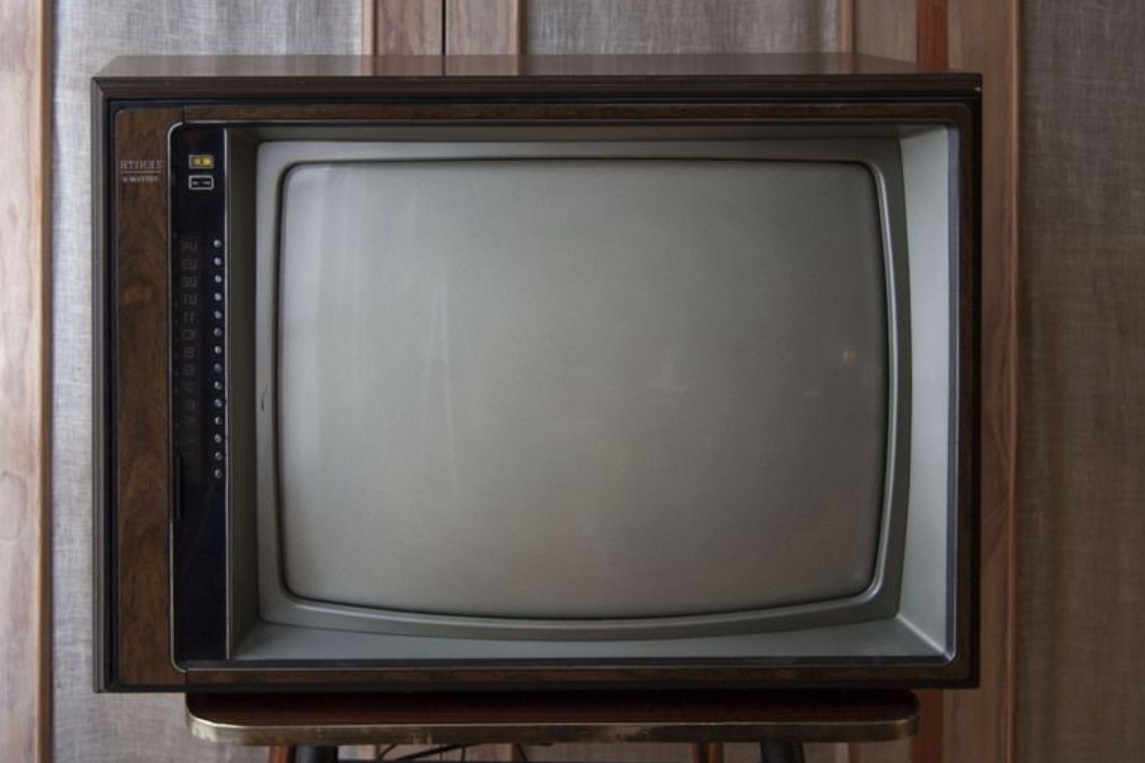
Television (1960s – 1970s): Television colored become popular in the 1970s after technology color available in a way commercial . This brings experience watch more live and expand creativity in TV program production .
Early in its development , television indeed Not yet Can to show picture colored . Color format from picture television Still using color format black and white . Then progress television colored started by Baird Television or CBS. However developed system the it turns out No suitable with television that has a black format white throughout the country. Then, Radio Corporation of America or RCA adopted A system CBS color television For used on television his creation . Finally , the system television color designed by RCA was successful to show picture colored and can received by television with color format black white . After that , RCA shows ability system color that they created and then the National Television Standards Committee or NTSC patented it For used as a broadcast media commercial in 1953 .
System colors patented by NTSC are system used inside television analog . System the part big used in the United States and some East Asian countries such as Japanese , Chinese or China , South Korea, Mongolia, and also Taiwan. Developments system television colored is Phase-Alternating Line (PAL) system or alternate line phase . System the is A color encoding used in system broadcast television used throughout the world. PAL then developed again in Germany by Walter Bruch.
In the late 1950s, many people around the world began to own a television set. During that time, most individuals used black and white televisions, despite the availability of color TV. Although color TV existed in America since 1954, there were no broadcasts in color until 1966.
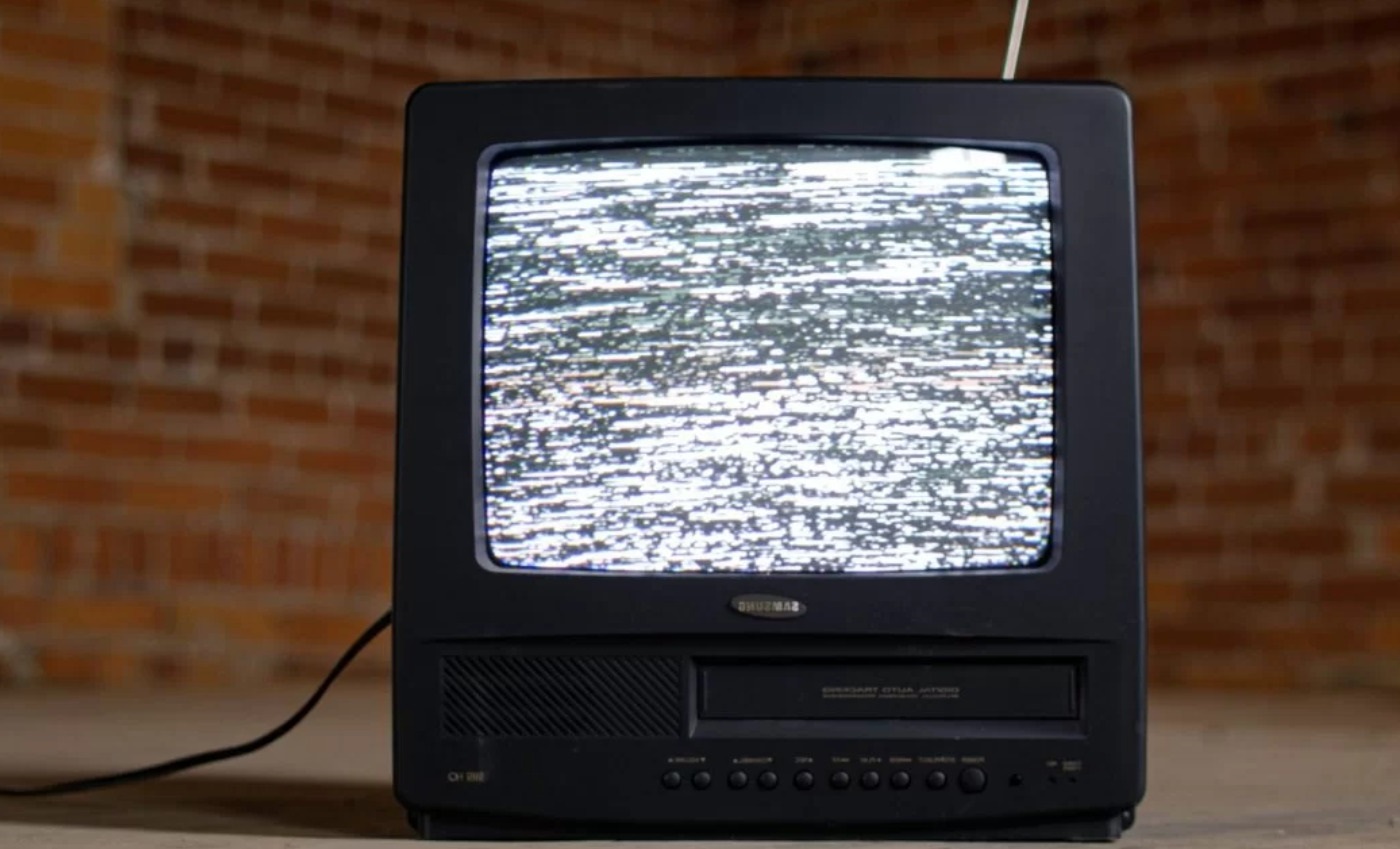
The 1980s saw the introduction of cable and satellite television, changing how people accessed TV programs. It provided a wider range of channels and subscription services such as HBO, ESPN, and MTV.
Television remained a popular form of entertainment, especially for parents, offering a variety of programs including news, entertainment, music, and sports events.
There are two popular methods to access broadcast television: cable TV and satellite TV. Both methods have significant differences in terms of quality, cost, and services offered.
Cable television is a broadcasting system that uses either coaxial cable or fiber optic media to transmit TV shows, unlike traditional broadcast television which relies on antennas. Cable networks can also be used for internet, telephone, and FM radio services.
Similar to radio, cable TV systems use different frequencies transmitted through a single cable. Nowadays, digital technology is commonly used for cable TV, allowing for the broadcast of more digital TV channels compared to analog systems. Cable TV is prevalent in North America, Australia, Europe, the Middle East, and South America, but it has not been as successful in Africa due to its low population density.
Satellite television involves broadcasting TV signals via satellites. It provides stronger signals and a wider range of channels compared to other TV systems. However, satellite TV is a paid service.
The first satellite TV broadcast was transmitted from Europe using the Telstar satellite in 1962. Many other satellites have since been used for TV services, including geosynchronous communications satellites. The first commercial satellite, Intelsat (Early Bird), was launched into orbit on April 6, 1965. The first national satellite television network, Orbita, was established in the Soviet Union in 1967. The first domestic satellite launched in North America was the Anik 1 satellite, owned by Canada, in 1972.
The main differences between cable TV and satellite TV lie in their operational methods, the equipment used, and the coverage areas they can reach.
For satellite TV, signals are sent through satellites in space and then transmitted back to the home antenna before being converted into TV signals by a receiver.
On the other hand, cable TV utilizes a physical cable network, such as fiber optic cables installed underground or on buildings, to transmit TV signals to homes. Cable TV often requires a set-top box and HDMI or AV cables to convert the received signal into a format that can be viewed on a TV screen. Additionally, cable TV services can be connected to the internet via Wi-Fi, and the set-top box is usually provided by the cable TV provider.
In addition to different signal reception methods, satellite TV and cable TV also differ in their coverage areas. With cable TV, viewers need to subscribe to a program to enjoy TV shows. However, this is not applicable to satellite TV as there are no coverage limitations, allowing anyone to access television channels, whether they live in a village or a city.
High Definition Television (HDTV) (late 1990s – early 2000s): HDTV technology offers higher resolution images compared to conventional television, providing a sharper and more realistic viewing experience.
When discussing the first HDTV system, it was discovered in Japan. NHK Corporation, a broadcasting company in Japan, established a new television broadcasting standard in the 1970s and Japanese engineers began developing the HD system. Panasonic even designed a prototype display capable of showing 1,125 pixel images.
Interestingly, the United States also played a role in the development of the HDTV system. In 1990, the US electronics company GI announced the world’s first digital television system, capable of displaying color pictures with 1,080 lines. The designer of the system was Paik Woo Hyun, an engineer from Korea, who was later awarded the title “The Father of HDTV.”
Television faced new challenges in the internet era with the emergence of platforms like YouTube competing with TV broadcasts. The internet allows viewers to watch TV anywhere and anytime on small portable devices, leading to a revolution where home television screens became larger. High Definition Television, or HDTV, finally gained popularity and sales of HDTV devices increased.
Over the years, more television programs have been produced in HD format, and many stations have improved their facilities to broadcast in HD.
A symbolic moment in television history occurred in June 2009 when federal regulations in America mandated that all TV stations transition from analog to digital signals. Some people still use antennas and can no longer receive TV signals without adding a special device to their equipment, according to various sources.
Television (2000s): Digital television developments replaced analog signals with digital signals, allowing for clearer transmissions and additional features such as data broadcasting.
Several years later, at the beginning of the millennium and into the 21st century, people could make phone calls through digital mobile phones and send electronic letters through global computer networks. While the core technology of TV remained the same, developments in stereo sound systems and color formats improved. However, TV technology slowly began transitioning into the digital era.
What is Digital TV?
Digital TV includes audio broadcasts (sound), video (images), and other information features that are broadcast in digital format. This type of TV is called digital because it is quantized and binary in nature. Receiving digital TV allows television companies to broadcast high-quality sound, high-definition (HD) images, and a greater number of channels compared to before.
In English, digital television is referred to as DTV or digital television. DTV is a type of television that uses digital modulation and compression systems to distribute audio, video, and data signals to television sets. International digital television broadcasts, such as HDTV (High-definition Television), use a 16:9 format, whereas standard television uses a 4:3 format and 5.1 Dolby Digital surround sound. HDTV has higher resolution than standard old televisions, displaying clearer images with more mature color formats and wider depth of field compared to standard televisions. Additionally, HDTV has a significantly higher pixel count, up to five times that of the standard PAL analog television used in Indonesia.
What are the advantages of digital TV over analog TV? Digital TV allows for interactive features with radio stations that are not available on analog TV sets. It also provides easy access to the internet.
Television technology from the 2000s to 2010s saw the emergence of flat screens, especially LCD and plasma, as the new standard. These flat screens are thinner, lighter, and more energy efficient compared to traditional glass tube TVs. Additionally, they allow for larger screen sizes.
The first LCD TV was introduced to the market in 2001, marking the beginning of the shift away from traditional tube TVs worldwide. The newer LED TV, introduced in 2014, boasts more advanced technology than LCD TVs and is considered the successor to LCD TV.
LCD stands for Liquid Crystal Display, as its appearance resembles liquid crystal material. It uses a crystal fluorescent signal that emits white light (white backlight). LED, on the other hand, stands for Light Emitting Diode, which describes the use of diode lamps as a light source.
In LCD TVs, the lamps are positioned behind the screen, while in LED TVs, the diode lights can be positioned behind or to the side of the screen. This is why LED TVs have a thinner form factor than LCD TVs, making them more space-efficient.
LCD TVs require three color filters (red, green, and blue) to produce all colors by filtering light. In contrast, LED TVs use red, blue, and green light to produce sharper and more nuanced colors. The diode lights in LED TVs can be dimmed, resulting in darker and more concentrated colors, creating a higher contrast and clearer image quality compared to LCD TVs.
In the 2010s, 3D television became a trend, allowing viewers to watch certain programs in three dimensions, although its popularity was short-lived. 3D television utilizes various techniques such as stereoscopic observation, multi-view capture, and 3D screens to create a three-dimensional viewing experience.
The latest development in the television industry is the emergence of smart TVs. These TVs are connected to the internet and offer access to applications, video streaming, social media, and various other online services. They are often equipped with features for sound and touch screen control.
This evolution in television technology demonstrates how TVs have transformed from simple broadcast viewing devices to sophisticated, digitally connected entertainment hubs. Smart TVs function not only as traditional TVs but also provide additional entertainment options through internet connectivity. They can be likened to having a computer built into the TV, offering a wide range of features that set them apart from regular TVs. Users can enjoy various entertainment options, including streaming movies, accessing YouTube, and browsing the internet seamlessly with Wi-Fi connectivity.
What are the distinguishing features of Smart TVs compared to regular TVs? Don’t forget that digital TV is also included in regular TVs!
In general, Smart TVs have a unique feature, which is the ability to connect to the internet wirelessly or through a cable connection. This is why many people use this TV to access online content with high screen resolution. Smart TVs also come with pre-installed entertainment applications, such as Netflix, YouTube, or Facebook, which can be accessed through an internet connection. The presence of these applications and easy navigation demonstrate that Smart TVs are supported by an operating system similar to a smartphone.
Similar to computers, Smart TVs have a wide range of connectivity options, including various ports. For example, they have an HDMI port for connecting devices like game consoles, as well as a LAN port for connecting to the internet via an Ethernet cable.
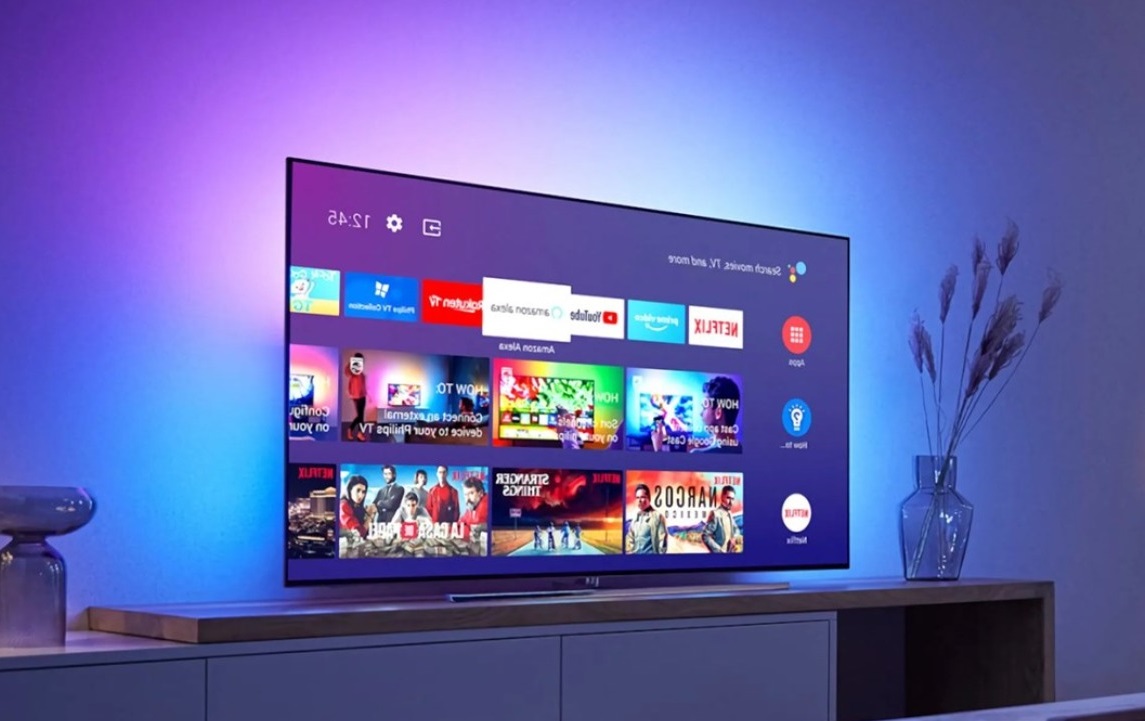
Android Smart TV
An Android smart TV is an advancement in smart TV technology. As the name suggests, Android TV operates on a system similar to that of smartphones that are currently in use. Therefore, this smart TV is equipped with an operating system and a more advanced processor.
Generally, Android TV has RAM memory to run Android applications. It includes access to the Google Play Store, Google voice input, and various applications and games available on the Android platform.
Another difference is that you can connect it to your Android account on your smartphone, eliminating the need for a separate account. Additionally, it offers many streaming services that can be updated to the latest version and is compatible with major streaming services such as Netflix, Viu, Hooq, HBO, and many others.
Differences between Smart TV and Android TV
There are 5 differences between Smart TV and Android TV that you should consider before making a purchase.
- Operating System
The first difference between Smart TV and Android TV is the operating system. Regular Smart TVs use proprietary operating systems developed by manufacturers such as Samsung, LG, etc., while Android TV is supported by the Google operating system.
- Applications
Both Smart TV and Android TV support a range of popular applications, but the number varies. Smart TV has a more limited selection of applications due to its Tizen OS or WebOS operating system. On the other hand, Android TV can access a wider range of applications because it is powered by Google. Users can download and install various applications and games designed specifically for the Android platform, as well as access Google services.
- Automatic Updates
In terms of updates, Android TV is superior to Smart TV due to the active development and routine updates pushed by its developers. Android TV also offers automatic application updates. Meanwhile, Smart TV’s updates are more challenging to obtain automatically as they depend on the manufacturer and are not as fast as the updates offered by Android TV.
- Voice Assistant
For voice control, Smart TV users must input content using a full-sized keyboard, although some Smart TVs do support voice control. However, it still requires pairing with a device like Alexa to enable this function. In contrast, Android TV comes with Google Assistant, allowing users to change channels and search for programs easily through voice control without the need for additional devices.
- Screen Mirroring and Casting
Another difference between Smart TV and Android TV is in terms of screen mirroring and casting. While some Smart TV brands do not support these features, others do. Therefore, it’s better to inquire before making a purchase.
Android TV includes a screen mirroring feature that allows users to view their favorite Android phone applications on the TV. This is possible because it is powered by Google Assistant and has Chromecast built-in.
- Price
In terms of pricing, the disparity between Smart TV and Android TV is not very significant. However, Android TV tends to be slightly more expensive than Smart TV due to its thoroughly tested operating system.
Overall, Android TV offers more advanced systems and features compared to Smart TV. Nevertheless, for basic usage, Smart TV is much easier to operate.
LATEST TRENDS IN TV TECHNOLOGY
Watching TV today is vastly different from watching TV in the past, when it could only display black and white images. Modern TVs have evolved beyond being mere household entertainment fixtures.
Thanks to advanced technology, watching TV has become a completely new experience. As technology continues to advance, so does the sophistication of home entertainment equipment.
1. Internet Connected TV
As the internet has become an essential part of modern life, TV manufacturers now offer the capability to connect TVs to the virtual world. Various Smart-TVs in the market come equipped with the Android OS, similar to that on smartphones, allowing TVs to be used for updating social media, sending emails, and even watching favorite videos on YouTube.
2. Connectivity with Gadgets
Wireless connectivity between TVs and gadgets provides a new way to interact with the TV shows we watch. TV shows can function similarly to smartphone applications, enabling users to interact with the content on the TV screen directly from their gadgets. This enhances the viewer’s sense of connection with the content they are watching and introduces a new experience in TV viewing.
3. Curved Screen Replacing 3D
In previous years, TV manufacturers competed to release TVs with 3D technology, but this technology did not gain much traction among consumers due to the need for special glasses. Now, curved screen technology, which provides viewers with a sensation akin to watching in an IMAX theater, has become a popular trend among TV manufacturers.
Curved screens create an immersive viewing experience for the audience. This effect is heightened when the TV is connected to a surround-sound system, allowing viewers to feel as though they are part of the film they are watching.
4. After UHD, HDR technology is coming soon Replace it
While 4K screens offer the smoothest image resolution with a higher pixel density than conventional TVs, many consumers are unaware that HDR does not offer higher resolution but rather provides clever lighting for the displayed images. TVs equipped with smart logic can detect which parts of the screen require special lighting and which parts do not, resulting in more vibrant and natural-looking images on the screen.
5. OLED technology on the TV screen
Many people are familiar with OLED technology, which is already featured in smartphones. OLED, or organic light-emitting diode, is a technology that provides energy-efficient screen lighting and consistent, high-quality images. With OLED, the HDR feature is more effectively displayed, resulting in more lifelike images.
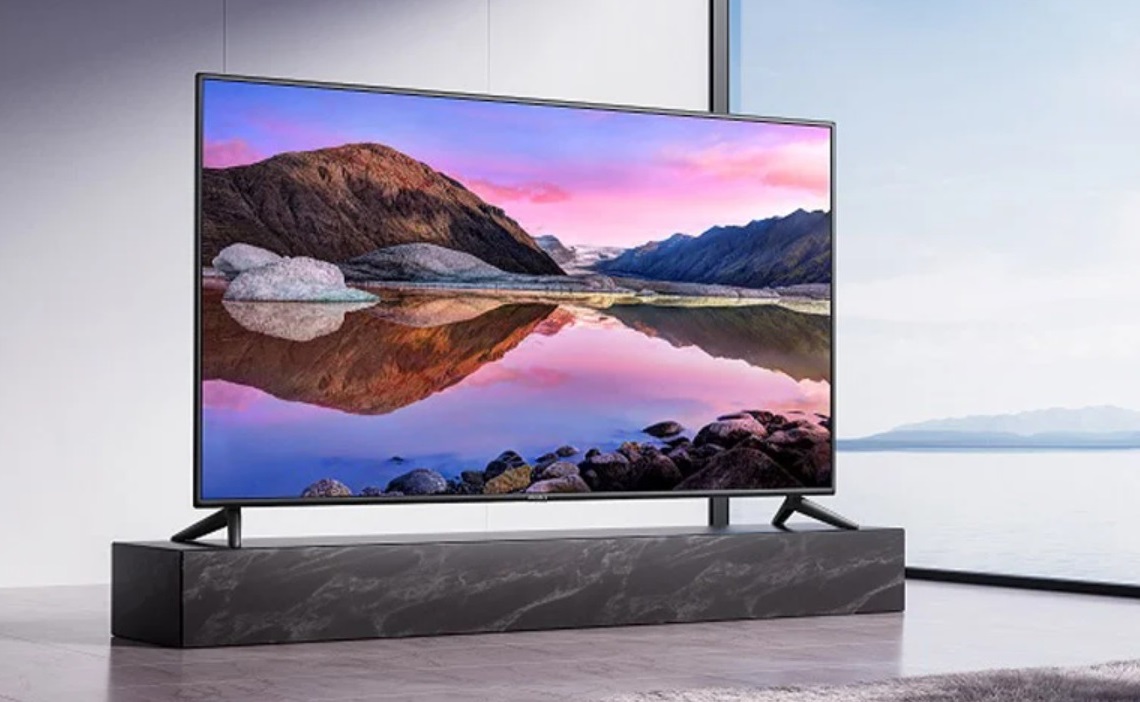
Prediction for TV in 10 Years Coming soon
Exponential technological progress has transformed various industries, especially in the last 10 to 15 years. For instance, streaming services like Netflix, Amazon Prime, Hulu, and digital channels have significantly disrupted the media and television industry.
Given the rapid pace of technological change, the entertainment industry’s landscape will continue to evolve rapidly, and it will look vastly different in the next decade. Let’s examine three potential trends that are likely to emerge in the entertainment industry over the next 10 years.
Freedom of Choice
The cable TV industry traditionally arranges channels based on popularity and offers them as part of packages purchased by customers. Combining channels allows customers to purchase a package of channels, which is theoretically more cost-effective than buying each channel individually. However, the cable TV industry is facing increasingly tough competition. Streaming services like YouTube, HBO, Hulu, Netflix, Apple TV, and Amazon Prime produce and offer premium shows, leading to a decline in interest in traditional cable television.
Streaming Providers
The entertainment industry trends are providing consumers with more choices. They can watch live TV, catch up on their favorite reality TV episodes, or binge-watch entire seasons of old or new shows. The introduction of streaming services has shaken up the entertainment and cable industries, offering consumers a wide variety of entertainment options, including on-demand TV shows, movies, and original content.
Netflix is a leading streaming service that offers ad-free viewing for a monthly fee. Hulu also provides streaming services, including movies, live TV sports events, and TV shows. With a Hulu membership, subscribers can watch their favorite network shows from ABC, NBC, and CBS one day after they first air. Hulu also offers additional services, including movie channels like HBO and ESPN for sports fans. Similar to Netflix, Hulu offers various packages, ranging from ad-supported options to ad-free subscriptions.
Massive Changes
This separation of services allows people to enjoy entertainment content according to their preferences and pay only for the channels they want. This freedom of choice is putting competitive pressure on traditional TV providers. The cable TV industry may continue to separate channels into individual services to remain competitive. However, there is also a possibility of future mergers in the entertainment provider industry. For example, Disney partially owns Hulu, as well as ABC Network, ESPN, Pixar, and Marvel Entertainment. Through various acquisitions, Disney can offer a wide range of entertainment choices to its customers.
In other words, while the shift from cable providers to streaming services continues, there is also a trend of mergers and acquisitions in the streaming industry. However, the freedom of choice trend will likely persist, regardless of the media company ownership, putting pressure on traditional television providers to reconsider how they offer their services.
Cord Cutting
In 2020, the cable and pay TV industry lost six million households in the US that decided to disconnect from their cable providers, bringing the total number of disconnected households to 31 million. The trend of cord-cutting is expected to continue to grow, potentially reaching over 46 million people. While more than 77 million households still have cable TV or satellite, this number decreased by 7% in 2020 compared to 2019. It’s important to note that the increase in cord-cutting in 2020 was partly due to social restrictions during the coronavirus pandemic, which led many people to stay at home to avoid virus transmission. Although the increase in new streaming subscribers was not uniform in 2020, the trend of cord-cutting is likely to continue to grow in the future.
Advertisement Getting Old
Streaming service providers have proven that it is possible to create and develop successful companies around a business model that includes little or no income from advertisements. This trend has now changed to become a subscription-based model rather than relying on advertising revenue. In 10 years, even traditional cable providers may fully transition to service subscriptions, allowing for tiered cost structures based on the type and quantity of selected channels by consumers.
Furthermore, a hybrid model may be available 10 years from now, where the service is combined with smart advertising. In this scenario, instead of having three minutes of advertisements during a 30-minute TV program, TV programs could become subscription-based, requiring consumers to pay a monthly fee to view targeted banner ads. These types of ads are already prevalent on the internet, and the amount of data collected by television companies would allow them to do the same.
Advertisers also aim to increase engagement from their advertisements. For instance, TV advertisers have shifted to second screen advertisements, encouraging viewers to use their mobile devices or second screens to interact with the company’s website during a live program. Commercials could also be aired during a live TV event, prompting viewers to sign up for promotions or make purchases through the company’s website using their mobile devices.
More Interactivity
Companies like Meta (formerly Facebook), Google, and Microsoft have all developed virtual reality technology. In 10 years, traditional television screens may be partially replaced by paired variations with virtual reality (VR) glasses and headsets. This is evident in the development of Google Glass and Samsung’s efforts in creating accessories that can be worn to turn a mobile phone into a virtual reality device.
Furthermore, all television sets may become smart TVs in the next 10 years. These devices, which allow users to stream videos and music, browse the internet, and view photos, will be commonplace in homes worldwide, bolstering the potential for virtual reality and future programs.
There is competition among technology giants to become leaders in smart TV development, both within and outside the industry. Companies such as Google, Apple, Netflix, and Amazon are all developing more sophisticated and trendy smart TV options, making this technology far more affordable for consumers.
